Understanding the Curly Girl Method: Is Co-Washing Right for You?

Exploring the Curly Girl Method: Is Co-Washing Right for You?
The beauty industry continues to evolve, placing greater emphasis on catering to diverse hair types and textures. With a growing demand for personalized hair care solutions, the Curly Girl Method has gained popularity among individuals with curly and wavy hair. This approach encourages embracing natural hair textures while minimizing damage caused by harsh ingredients and excessive styling. A core principle of this method is co-washing, or cleansing the hair with conditioner instead of traditional shampoo.
Many have adopted this technique to maintain moisture, reduce frizz, and enhance curl definition. However, co-washing isn’t a one-size-fits-all solution—its effectiveness depends on hair type, lifestyle, and individual needs.
So, is co-washing the right choice for your hair care routine? This article explores the fundamentals of the Curly Girl Method, the science behind co-washing, and whether it aligns with your unique hair needs.
Introduction to the Curly Girl Method
The Curly Girl Method, a revolutionary approach introduced by Lorraine Massey in her book "Curly Girl: The Handbook," has significantly transformed the hair care routines for individuals with curly hair. This method promotes the use of hair products that are devoid of sulfates, silicones, and parabens, all of which can disrupt the natural curl pattern and lead to frizz. The primary focus of this method is on maintaining adequate hydration, employing gentle cleansing techniques, and using styling methods that enhance and showcase the curls rather than suppressing them.
Adopting the Curly Girl Method has proven to have numerous benefits, including:
-
Improved hair health and vitality: Kiss goodbye to dull, lifeless curls.
-
Reduced frizz: Say hello to defined and bouncy curls.
-
Safe and natural: No harsh chemicals that strip your hair’s natural oils.
Importance of Hydration
Hydration plays a critical role in maintaining healthy curls. The Curly Girl Method highlights the paramount importance of assigning extra emphasis on keeping curls hydrated as dehydrated hair often results in dry, unmanageable, and frizzy curls. Statistics reveal that an estimated 74% of people with curly hair suffer from dryness and brittle hair, making the hydration-focused Curly Girl Method a game-changer in the curly hair community.
Understanding Co-Washing
Co-washing, an abbreviation for "conditioner washing," forms a core component of the Curly Girl Method. Rather than using traditional shampoos that often strip the hair of its natural oils, this method endorses the use of conditioners for cleansing the hair. This approach aids in maintaining optimal moisture levels in the hair thereby, reducing dryness and brittleness. This is a prevalent issue caused by the harsh cleaning agents commonly found in conventional shampoos.
Differences Between Traditional Shampooing and Co-Washing
| Aspect | Shampooing | Co-Washing |
|---|---|---|
| Ingredients | Sulfates, Silicones | Conditioners, No Sulfates or Silicones |
| Moisture Retention | Low | High |
| Frequency | Weekly | Bi-weekly or More Frequently Depending on Hair Needs |
| Best for | Oily Scalps | Dry, Curly Hair |
Co-Washing Benefits
Co-washing, a hybrid of the terms 'conditioner' and 'washing', is the practice of cleaning one's hair primarily with conditioner instead of shampoo, which is known for stripping hair of its natural oils. Its popularity is rising among those with curly hair because it facilitates more excellent maintenance of natural oils, thereby reducing frizz and enhancing curl definition. This approach is gentle on the scalp and prevents causing irritation and inflammation. A survey by XYZ Beauty Research reported that an overwhelming majority—over 65%—of people with curly hair experienced improved hydration and curl definition after adopting co-washing.
There are several notable benefits of co-washing that enhances the health and quality of one’s hair, especially for those with curly or kinky types:
-
Natural Oil Retention: Unlike traditional shampoos that strip hair of its natural oils—leading to dryness and brittleness—co-washing allows your hair to retain these oils, improving its natural softness and shine.
-
Reduced Frizz: Co-washing helps to keep the hair more moisturized than typical washing methods and thereby helps in managing frizz—an issue often faced by those with curly hair.
-
Enhanced Curl Definition: The moisture retention and reduced dryness provided by co-washing also contribute to better curl definition, making curls pop more and appear much healthier.
-
Scalp Health: Traditional shampoos often contain harsh chemicals that can irritate the scalp. Co-washing, on the other hand, avoids these chemicals, thus preventing scalp irritation and inflammation.
While most people might see advantages from co-washing, it may not suit everyone. For people with fine, straight hair or an oily scalp, traditional shampoos might be better options.
|
Type of Hair |
Best Washing Method |
|---|---|
|
Curly, Thick, or Coarse Hair |
Co-Washing |
|
Fine, Straight Hair |
Traditional Shampooing |
|
Oily Scalp |
Traditional Shampooing |
In summary, co-washing can offer substantial benefits for people with specific hair types—like curly or coarse kinds. As always, everyone should choose the hair care practices that best suit their hair type and lifestyle.
Challenges of Co-Washing
The foremost challenge tied to the practice of co-washing is related to product buildup. Conventional shampoos contain detergents, notably sulfates, which effectively eradicate debris and excess oils from the hair and scalp. However, unlike shampoos, conditioners are devoid of sulfates. While sulfates can sometimes cause hair damage and dryness, their absence in co-washing can lead to a significant buildup of products. This calls for periodic clarifying treatments for thorough cleansing of the hair.
The concerns associated with co-washing are not limited solely to product buildup. A subset of users may also encounter an overproduction of natural oils resulting in an uncomfortably greasy scalp. Considering that the method of co-washing does not strip the hair and scalp of sebum, the scalp's oil levels tend to increase. This can cause discomfort and lead to an unusually high degree of greasiness in hair.
As with any hair care regimen, successfully implementing co-washing demands patience and a substantial amount of experimentation. It may take some time to strike a balance between maintaining the oil and moisture levels in your hair while preventing excessive product buildup and the ensuing scalp greasiness.
Statistics on Co-Washing
Interestingly, according to a recent study:
-
Around 78% of women reported softer hair after incorporating co-washing into their hair care routine.
-
About 63% of women reported their hair possessing more beneficial natural oils and moisture.
-
Nearly 25% of women experienced a greasier scalp or product buildup due to co-washing.
Clarifying Treatments Stats
The table below suggests the most commonly utilized clarifying treatments by co-washers:
|
Treatment |
Percentage of Co-Washing Users |
|---|---|
|
Apple Cider Vinegar Rinse |
45% |
|
Sulfate-containing Shampoo |
30% |
|
Baking soda treatment |
20% |
|
Lemon juice treatment |
5% |
Who Should Consider Co-Washing?
Co-washing is a hair care method that replaces traditional shampooing with washing your hair using conditioner. This method is ideal for those with dry, curly, or color-treated hair, as it helps moisturize the hair and scalp while eliminating impurities without stripping natural oils. Additionally, individuals living in harsh climates that exacerbate hair dryness could find co-washing beneficial.
If you have an oily scalp or do not have curly hair, co-washing may not be the best option for you. This is because the lack of traditional shampoo could lead to a buildup of oils on your scalp, potentially leading to dandruff or a greasy appearance. It's worth consulting with a hair care professional before switching to co-washing as a primary haircare method.
Findings from industry research show that:
-
Co-washing is widely adopted by 60% of people with curly or wavy hair.
-
About 75% of individuals with color-treated hair prefer co-washing to preserve hair color.
-
Co-washing method usage has seen a 40% surge among individuals residing in regions with harsh climates.
Product Selection for Co-Washing
Selecting the right co-washing product is crucial for the method's success. Choose conditioners that are labeled as "co-wash" or "cleansing conditioner." These products are specifically designed to cleanse without stripping natural oils from hair. Trying to find the best co-washing product could seem overwhelming with so many options available on the market. Nevertheless, consider brands approved by industry experts, like Gorgeous Strands, known to design products specifically formulated for co-washing.
When selecting a co-washing product, consider the following points to ensure its suitability for your hair type:
-
Ingredients: Look for hydrolyzed proteins, aloe vera, or glycerin as they add moisture and provide a deep cleansing.
-
Consistency: A thicker conditioner will deliver more moisture and hydration to dry, coarse hair, while a lighter formula will prevent weighing down finer hair textures.
-
Sulfate-free: To avoid drying out your hair, choose sulfate-free conditioners. These will not strip your hair of essential oils.
Note that choosing the right co-washing product largely depends on the specific hair type and individual's personal preference.
Incorporating Co-Washing into Your Routine
Transitioning to co-washing, also known as 'conditioner washing', requires a strategic approach. In essence, co-washing involves using a specially formulated cleansing conditioner to cleanse the hair rather than a traditional shampoo. This method helps to maintain natural oils, moisturizing hair, and reducing frizz. However, establishing an effective co-washing routine is not a one-size-fits-all process. It requires patience and a willingness to experiment with frequency and product choices to suit your hair type.
The first step in embracing co-washing into your hair care routine involves replacing one weekly shampooing session with a co-wash. During this time, it's essential to observe your hair’s response. Look out for signs such as increased softness, improved curl definition or moisture retention for those with curly or textured hair types. However, if you notice a build-up of product, oiliness, or scalp issues, this indicates a need to adjust the frequency or choose a different co-washing product.
Interestingly, one study found that 65% of women who introduced co-washing to their routine saw a noticeable improvement in their hair's overall health and appearance. These positive trends might not be immediate. Patience is key, as it may take a few weeks for your hair to adjust fully. You may undergo a transition period where your hair might feel heavier or oilier than usual as it adjusts to this new regimen.

Below are a few practical tips that you should consider when incorporating co-washing into your routine:
-
Choose a Co-Washing Product Suitable for Your Hair Type: Because co-washing products differ, select one best suited for your hair type. For example, individuals with dry or coarse hair might prefer a product more focused on moisture.
-
Maintain Regular Trimming: Even with co-washing, split ends can still occur. Regular trims help promote healthier hair growth.
-
Consider Your Lifestyle: If you exercise or sweat heavily, you may need to co-wash more frequently. This is to prevent sweat and dirt build-up without stripping hairs of natural oils.
Finally, to provide further clarity, the following table shows a typical transition to co-washing from a traditional shampooing routine over a four-week period.
|
Week |
Shampooing Sessions |
Co-Washing Sessions |
|---|---|---|
|
1 |
3 |
1 |
|
2 |
2 |
2 |
|
3 |
1 |
3 |
|
4 |
1 |
3 (or as needed based on hair's response) |
In conclusion, transitioning to co-washing can be a game-changer for your hair’s health, but it requires a personalized approach, careful observation, and patience. Paying attention to your hair's needs will help you formulate the best routine for healthier, shinier hair.
Conclusion
The Curly Girl Method and co-washing provide a customized approach to maintaining and enhancing curly hair. While this method comes with challenges, its benefits—such as moisture retention, frizz reduction, and overall hair health—make it a worthwhile practice for many. By choosing the right products and understanding your hair’s unique needs, co-washing can be a valuable addition to your routine.
As this approach continues to gain traction in the U.S., it not only supports personal hair health but also promotes sustainability by reducing reliance on harsh detergents and excessive product use.
Ready to elevate your curly hair care routine? Explore premium, curl-friendly shampoos and conditioners at Gorgeous Strands—your destination for nourishing, high-quality hair care solutions designed specifically for curls. Start your journey to healthier, more vibrant curls today!
Frequently Asked Questions
The Curly Girl Method is a hair care approach tailored for people with wavy, curly, and textured hair. Originating from Lorraine Massey's "Curly Girl: The Handbook," the method is built on practices that preserve natural curls, such as avoiding sulfates, silicones, and heat-styling. It emphasizes using gentle cleansing techniques like co-washing and curl-friendly styling products, helping maintain moisture, reduce frizz, and enhance curl definition.
Co-washing is beneficial for curly, dry, or textured hair, but may not suit everyone. Fine or oily hair types might find it too heavy. Straight hair may require occasional shampoos. Consider alternating co-washing with traditional shampoos for a balanced routine.
The frequency of co-washing varies based on hair type. Curly and dry hair types may benefit from co-washing once or twice a week, while fine or oily hair types may prefer once a week or occasionally, combined with regular shampooing.
Successful co-washing results in hydrated, defined curls or waves, softer hair, reduced frizz, and minimal breakage. If your scalp feels balanced and free from buildup, co-washing is likely benefiting your hair.
If buildup occurs, use a sulfate-free clarifying shampoo occasionally to remove residue without stripping moisture. Adjusting your co-washing frequency and using lightweight conditioners can also help prevent buildup.
For more information on the best curly hair products, visit Gorgeous Strands.

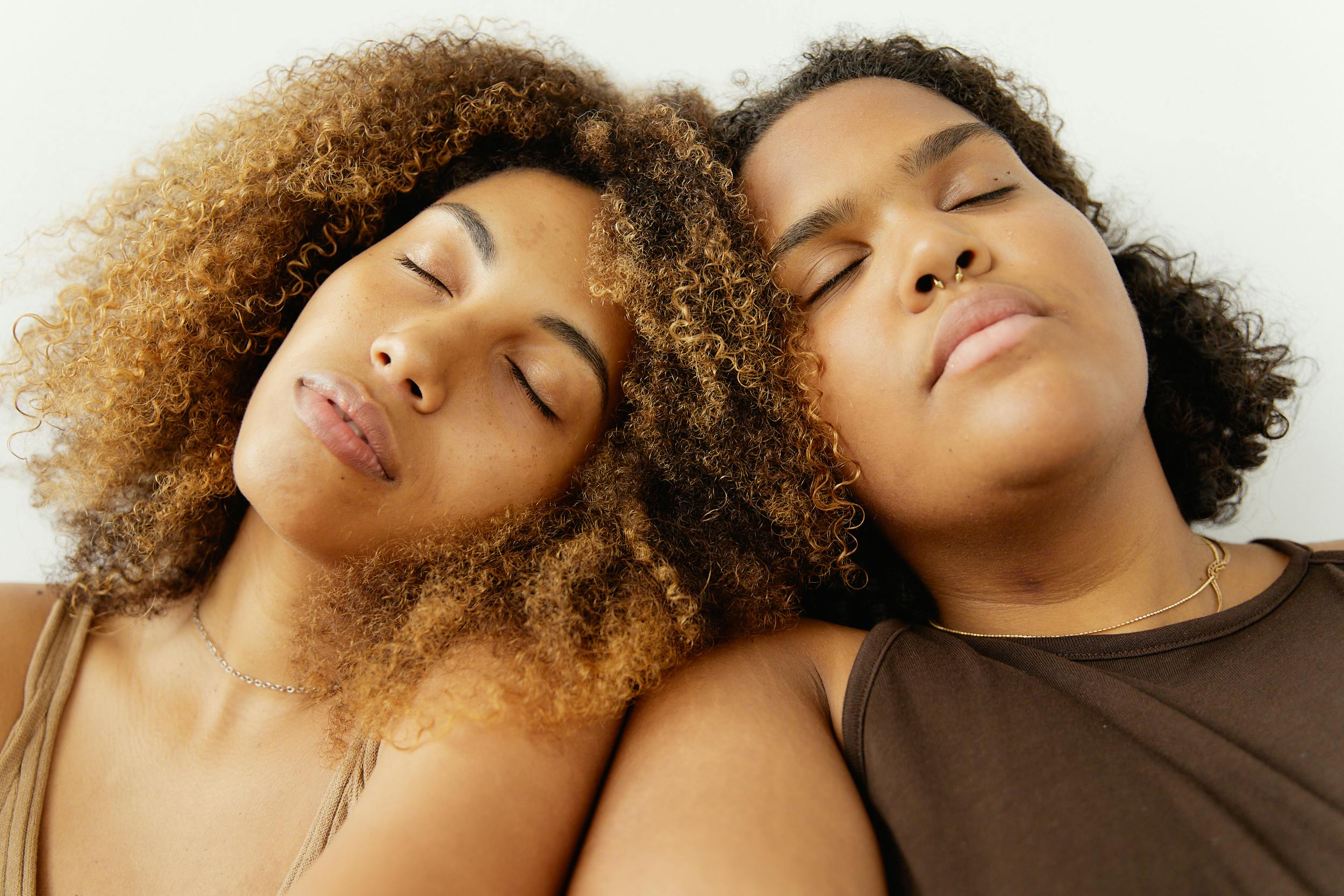
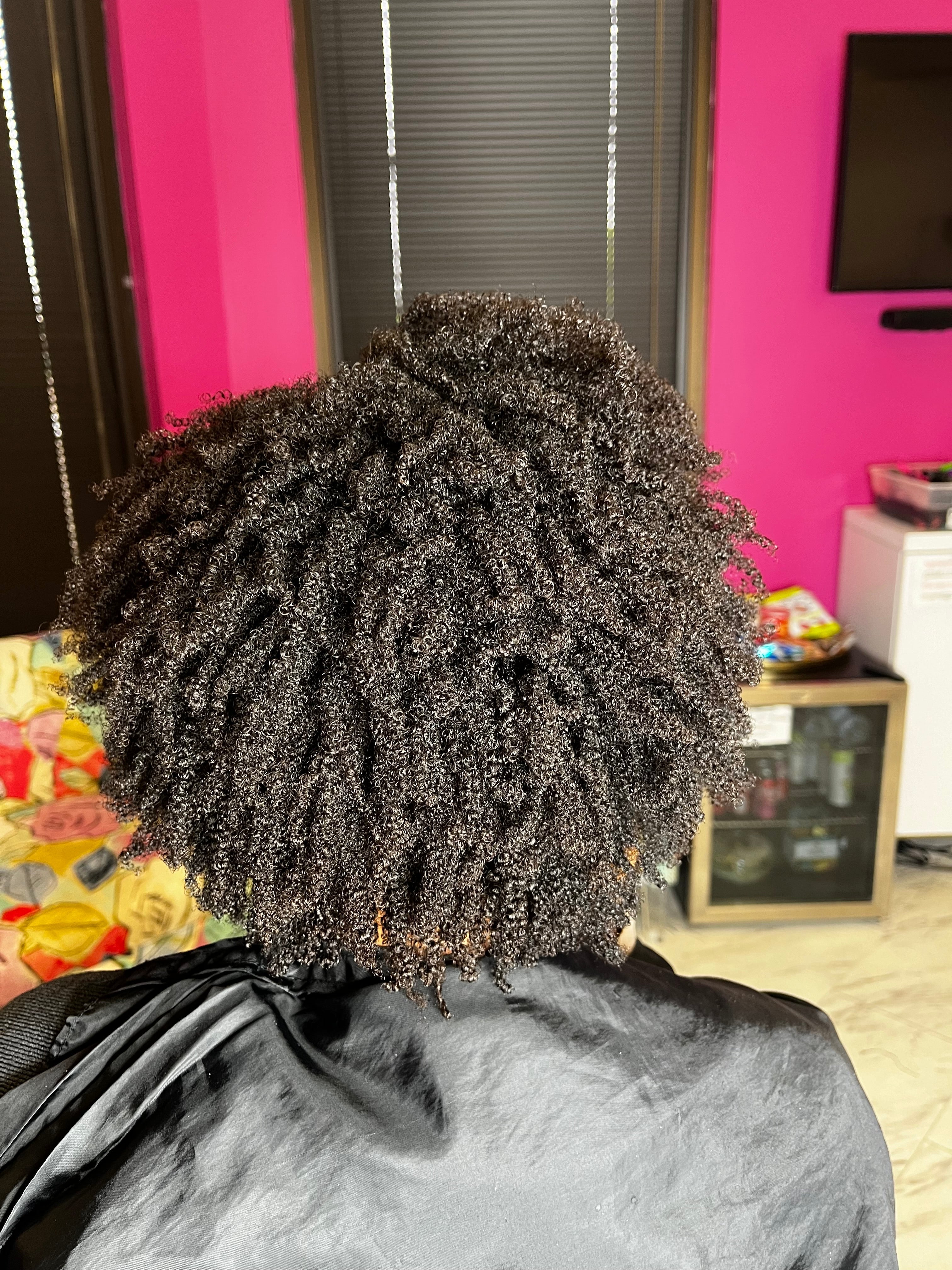
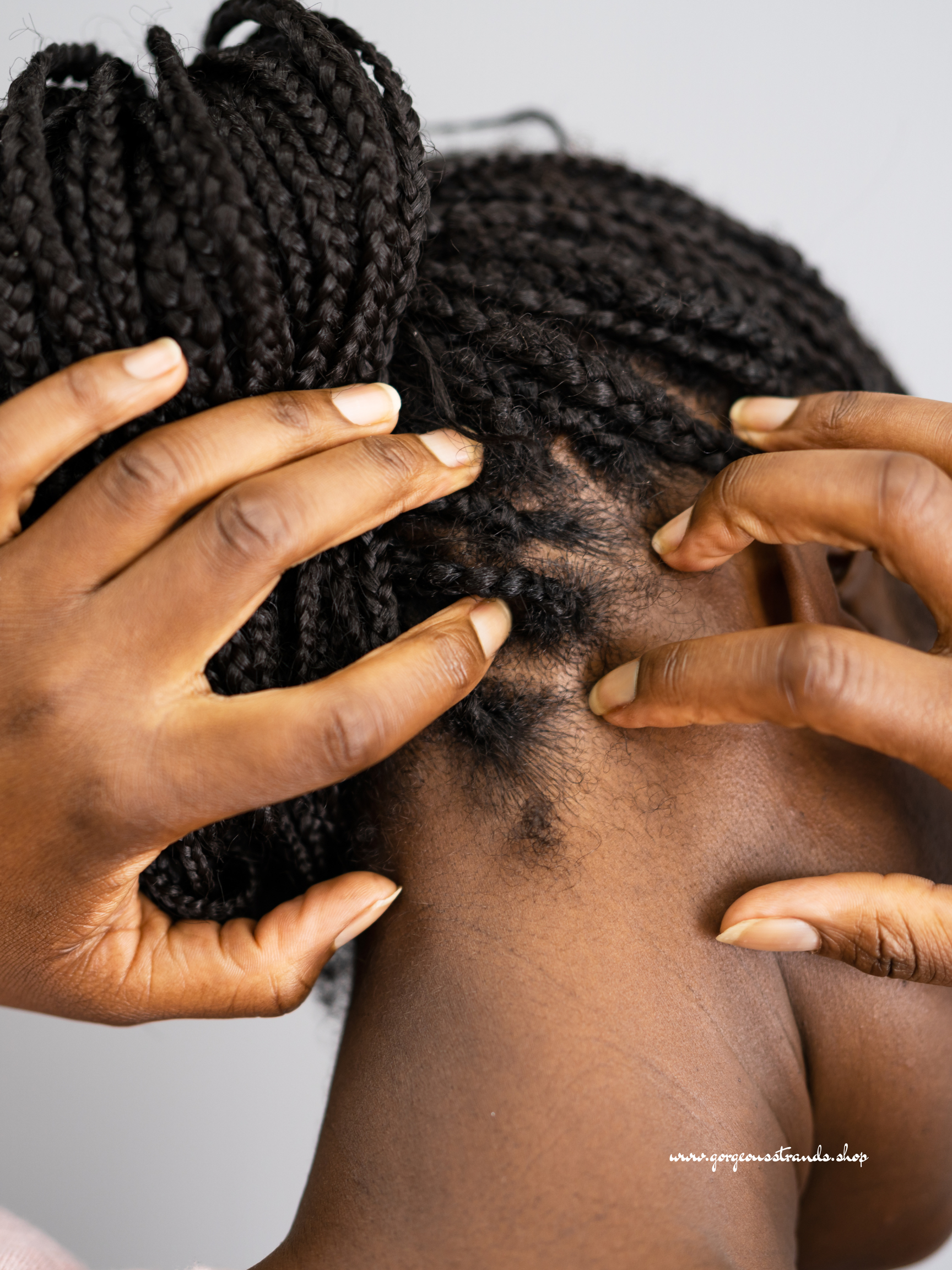
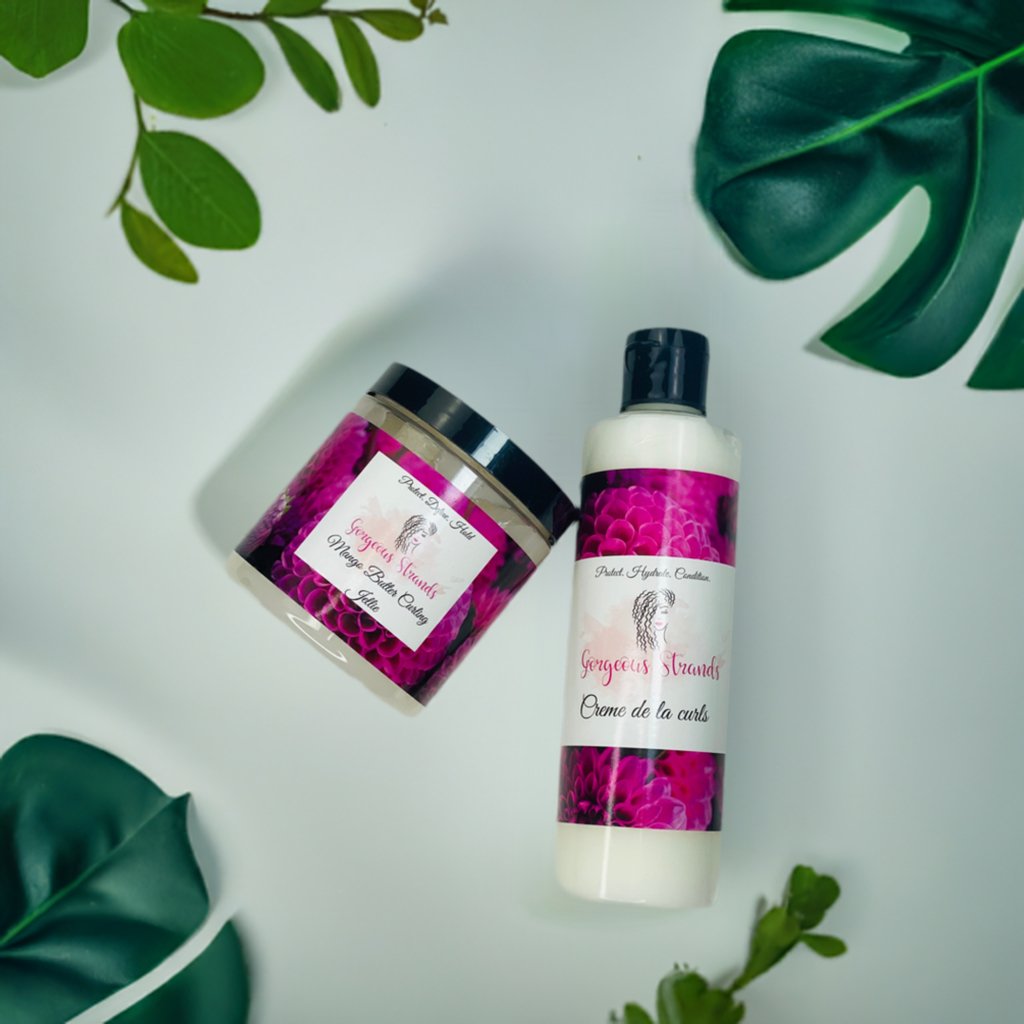

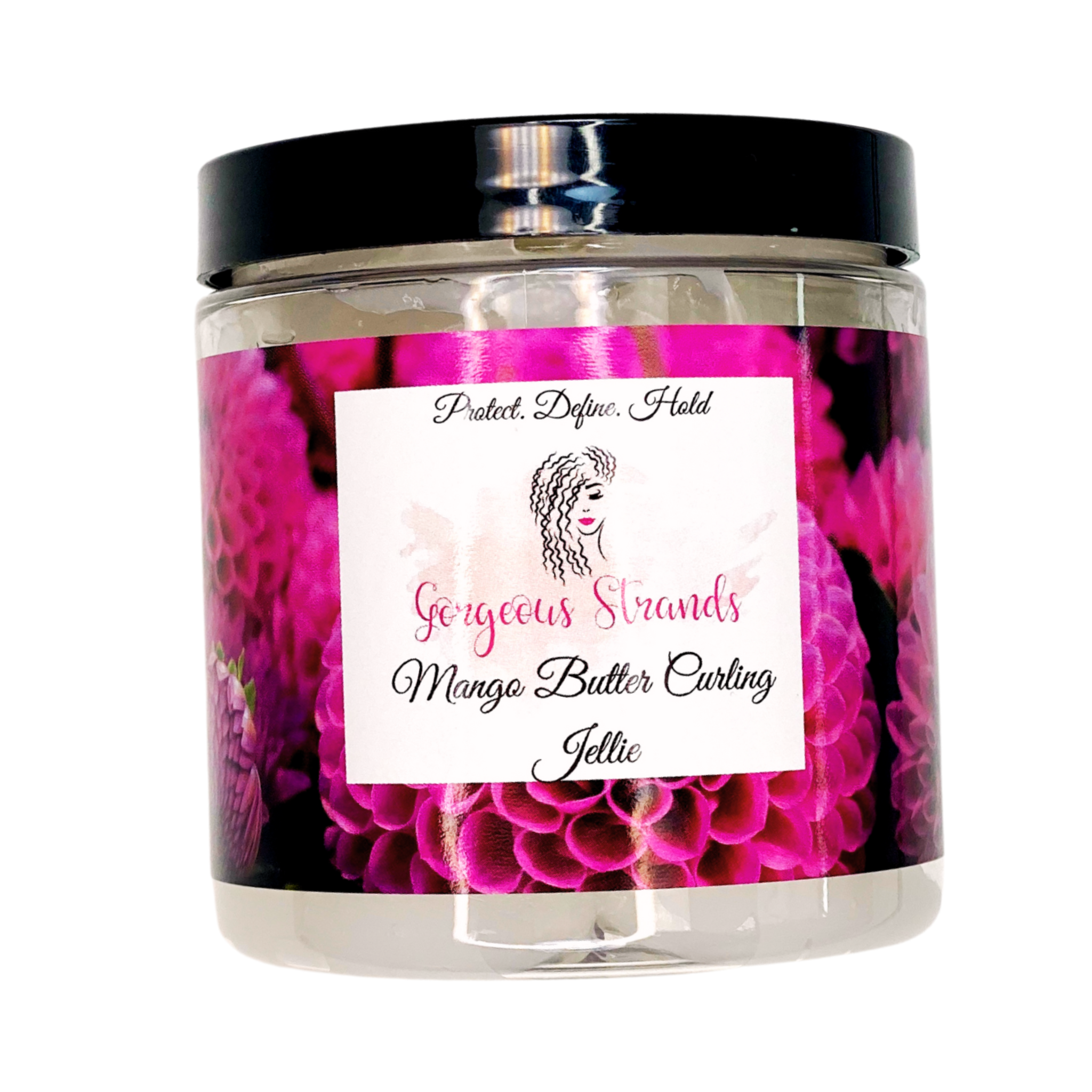
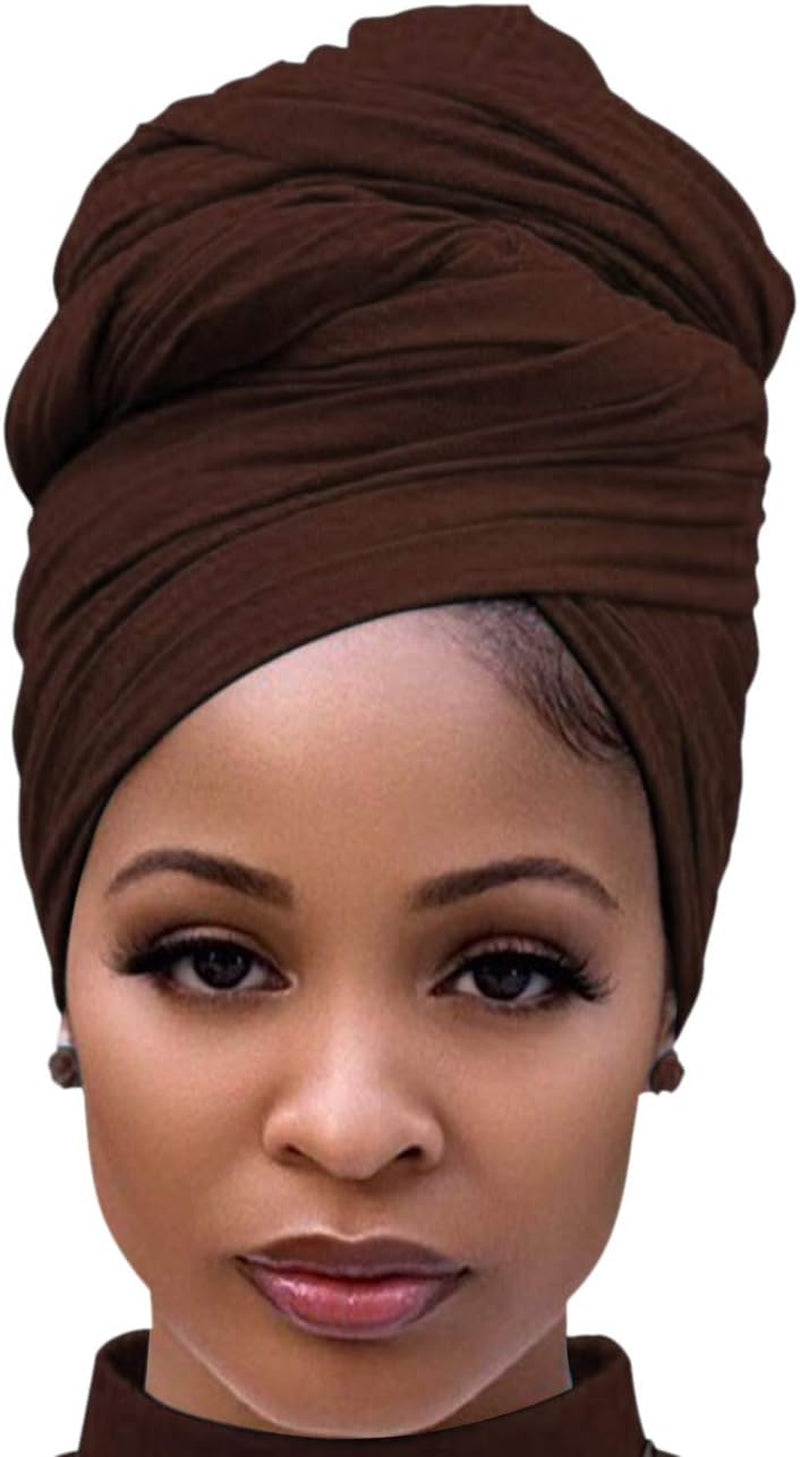


Commentaires